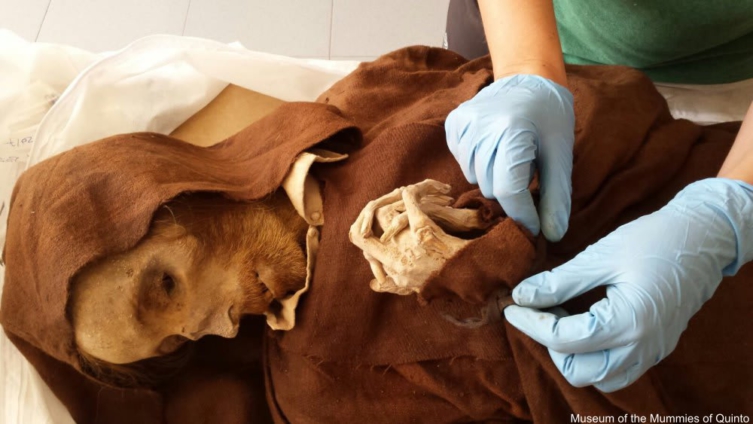For years, the origins of the Guanches have been a mystery, with some people speculating they could have been descendants of Atlanteans.
The Canary Islands’ subtropical climate, aquamarine waters and otherworldly volcanic and desert landscapes led more than 15 million people to visit the archipelago last year.
The islands are considered the southernmost region of Spain, with their easternmost point located just 100km west of Morocco.
But long before the first Spanish settlers arrived to the islands in the 1470s, another civilization was already thriving there: the Guanches.
The Guanches’ origins have long been debated and speculated by archaeologists and historians.
Some theorise they were descendants of the Celts, or perhaps the Vikings. Others believe they could even be descended from the mythical inhabitants of Atlantis.
A 2019 study of the DNA from ancient mummies from the islands, however, revealed they were most likely Berbers from North Africa, who arrived there around 100AD or even earlier.
How exactly the Guanches reached the archipelago remains unclear. One theory suggests they crossed in small vessels, landing in the islands of Lanzarote and Fuerteventura.
And although the number of settlers also remains a mystery, studies estimate that 14 couples would have been enough to populate the archipelago.
Archaeological studies suggest the Guanches were organised in a tribal society, where chieftains or kings ruled almost absolutely.
They relied on farming, hunting and gathering, and their diet included milk, goat, pork and fruits.
They mainly dressed in goat-skin leather tunics and vests made of plaited rushes and lived in caves or simple low-stone houses.
They adapted caves and grottoes to be used as silos and temples.
Some of those structures have been preserved to this day and indicate the Guanches’ sophisticated astronomical knowledge: holes on the caves’ walls allowed sunlight in at certain positions during different times of the year, marking solstices and equinoxes.
One of the most noteworthy of those structures is Risco Caído, a settlement that consists of 21 caves excavated on a volcanic tuff about 100m high above the Barraco Hondo River in the island of Gran Canaria.
The site is believed to have been used as a silo, a temple and a place for astronomical observation, with holes that allowed sunlight and moonlight to enter the caves and illuminate symbolic drawings on the walls.
In 2019, Risco Caído became the first Unesco World Heritage site in the Canary Islands.
Latest Stories
-
Mali state gold mining revenue jumps 52.5% in 2024
18 minutes -
Nigeria posts $6.83bn payments surplus amid reforms, rising confidence
30 minutes -
‘No one’s face is a warrant in this country’ – Nitiwul criticises NIB over arrest attempt on Ntim Fordjour
42 minutes -
LeBron James becomes first male athlete with a Ken doll
1 hour -
3 Americans jailed over failed DR Congo coup returned home
1 hour -
Meta whistleblower alleges company worked with China on censorship
2 hours -
‘I gave him a sensitive job in government’ – Nitiwul shocked over NIB Director’s conduct
2 hours -
US charges Americans over role in botched Congo coup
2 hours -
Trump steps back from cliff edge of all-out global trade war
5 hours -
King and Queen meet Pope Francis at Vatican on their anniversary
5 hours -
US stocks make historic gains after Trump pauses some tariffs
5 hours -
Mendes’ late strike puts PSG in control against Villa
5 hours -
Guinness Ghana equips another cohort of youth with skills under Learning for Life Program
5 hours -
Liverpool closing in on new Salah contract
5 hours -
Raphinha equals Messi record as Barca thrash Dortmund
6 hours

